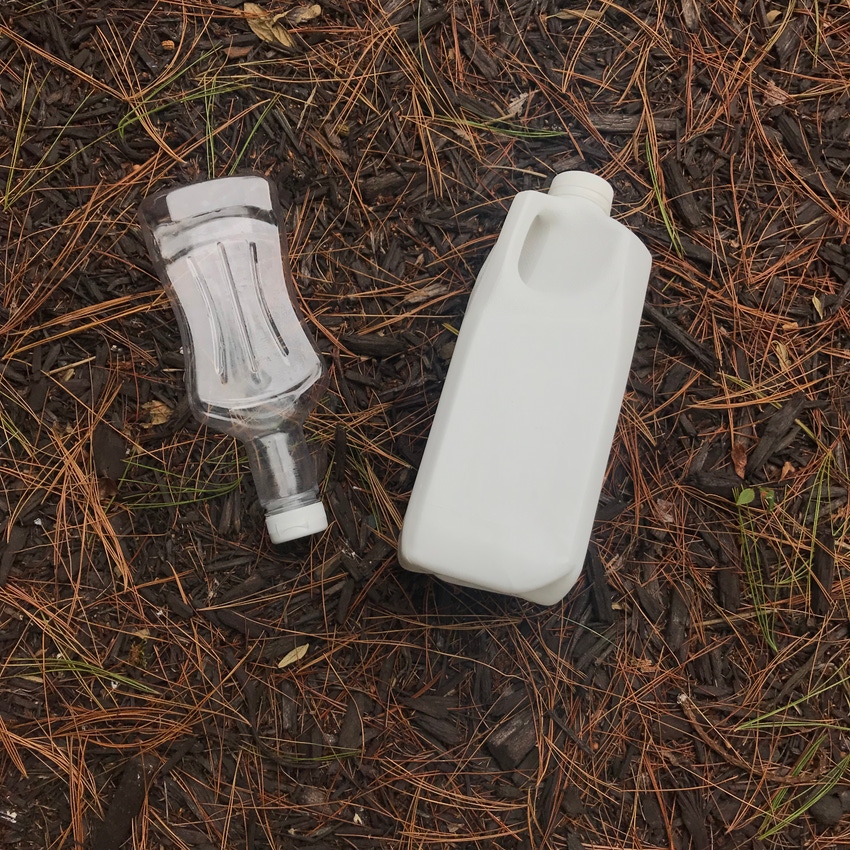Non-plastic packaging isn’t the only sustainable solution
October 4, 2019

Plastic waste is becoming a more pressing concern for today’s consumers than it has ever been in the past. Research tells us that an average of eight million metric tons of plastic waste enters the ocean each year and that this plastic waste can impact the health of the oceans, marine life and maybe even human health.
The growing body of research on marine plastic pollution, along with news about upheaval in recycling export markets, has led to increased awareness among the public of the challenges at the end of life for plastics. Legislators in some jurisdictions have responded by proposing or passing bans on single-use plastics (the European Union, Canada and California) or bans on single-use plastic bags (seven U.S. states and many local governments).
As customers hear about local recycling programs shutting down or bans on plastic in its various forms, their knowledge of the challenges of plastics pollution expands. According to a March 2019 survey by the Shelton Group, awareness of the issue of plastics in the ocean “is now on par with climate change.” On par with climate change. That is a stunning statement on the awareness of ocean plastic pollution!
Moreover, roughly a third of those the Shelton Group surveyed are taking various actions to reduce their use of plastic, such as bringing their own coffee mug to a coffee shop, bringing reusable bags to the grocery store or buying products packaged in something other than plastic.
More and more individuals are trying to do their part, but what about packaging companies, brands and retailers? Some are offering plastic alternatives. Ball Corp. recently announced a plan to supply sports arenas and other entertainment venues with aluminum cups that can replace plastic cups. The aluminum cup was introduced at a Colorado University football game, as part of “the university’s goal of becoming plastic-free in its sports venues by 2020.”
In August, Hasbro announced it would phase out plastic from its packaging beginning in 2020. Hasbro’s chairman and CEO Brian Goldner says removing plastic from packaging is part of the company’s “decade-long journey to create a more sustainable future for our business and our world.”
Creating a more sustainable future is a goal every company in the 21stcentury ought to work towards. Settling for the status quo is no way to solve a problem as monumental as eight million metric tons of plastic waste entering the ocean each year.
But turning away from plastic whole hog isn’t necessarily the best way forward for everyone either.
Choosing a sustainable package is not just about paper versus plastic, or plastic versus aluminum. The grocery store check-out line question of plastic or paper is a relic of the past.
Instead, creating sustainable packaging involves considering questions of sourcing, efficiency, recovery, health and safety—all key pieces of the Sustainable Packaging Coalition’s definition of sustainable packaging. The SPC believes it is insufficient to call a package sustainable when it meets one of these criteria while failing the others.
For example, take a package that is sourced responsibly but that has negative impacts on human health, no outlet at the end of its life other than the landfill and uses more material than similar packages; this is not sustainable. It is sourced sustainably—which may be your goal, or it may be the most sustainable way to make that particular package.
Let’s consider a plastic bottle of salad dressing. Is the fact that it’s made of plastic mean it’s destined to pollute the ocean? In the U.S., we are fortunate to have options for recycling plastic, as domestic markets for common plastics like polyethylene terephthalate (PET) and high-density polyethylene (HDPE) give those plastics a strong recovery option. A plastic bottle may also use a smaller mass of materials than a glass jar, and it would therefore be more resource efficient. Some plastic bottles are made with recycled content, which uses less energy than making containers using all virgin resin.
A plastic bottle made of recycled content is an example of sustainable sourcing of plastic. Would it really be better to shift this particular package to aluminum or glass? Most likely not. In this case, plastic (and in particular recycled-content plastic) appears to be the most sustainable option available.
But the story is not the same for every package. Some packages are better off in aluminum or glass. Sustainable packaging decisions are complex. No one right answer exists to most packaging questions.
To complicate matters further, sustainability itself is constantly in flux: new packaging formats are developed, old ones are made more efficient, consumer tastes change and more information about how to combat climate change comes to light.
As sustainable packaging leaders, we have an obligation to help the public understand that there is more to sustainability than shifting away from plastics entirely. Finding packaging that is recyclable is not the silver bullet; finding packaging that is resource efficient is not the silver bullet; eliminating all plastics is not the silver bullet.
Sustainability is a complicated, moving target, and our job is to find the multiple layers—the right mix of bans and other legislation, packaging substitutions, redesigned formats and communication with the public—that leads to a more sustainable future.
About the Author(s)
You May Also Like


